Since freeports were first announced as part of the Government’s Budget in 2021 there has been a lot said about the potential benefits. With eight now located across the UK from the Thames to Teesside, the aim is to drive inward investment and create jobs via incentives for eligible businesses.
For those looking to locate within a freeport, they can expect full Stamp Duty Land Tax (SDLT) relief, a 100 per cent first-year allowance for capital expenditure on plant and machinery, as well as major reductions on employee costs, savings on duty and even in some instances 100 per cent business rates relief.
Consequently, there has been a noticeable uptick in enquiries for warehouse space in these locations from occupiers seeking to understand the benefits of freeport status, especially as they grapple with increasing inflationary pressure such as the rising cost of energy and labour. The combination of tax benefits and a favourable customs environment can provide a far more cost-effective and efficient environment for businesses to operate from.
While indicative and dependent on a number of variables, how much could an occupier potentially save?
Let’s say the company is a manufacturer that is planning to invest over £1 million in plant and machinery. Until 30 September 2026, the company will be eligible for 100 per cent first year allowances for this capital expenditure, effectively receiving £1 million in tax relief in the first year alone.
Now, suppose the company is also planning on hiring new employees. They would pay zero per cent employer National Insurance Contributions (NIC) on salaries up to a certain level for up to three years. This relief is available for up to nine years and is subject to review no earlier than April 2026.
If the business then leases a warehouse within the freeport tax site, it will recieve 100 per cent business rates relief on their premises from the date they occupy for five years, provided they do this on or before 30 September 2026. Based on the anticipated recent average rise of business rates for warehouses, which is between 27 to 32 per cent depending on type, the company could expect to save up to £400,000 per year based on a 100,000 sq ft property with a rent of circa £8 per sq ft.
They would also receive tariff benefits, such as duty deferral while the goods remain on site and duty inversion if the finished goods exiting the freeport attract a lower tariff than their component parts. This, again, could result in additional cost savings.
Based on this, the company could expect to save more than £2.85 million over five years just by locating within a UK freeport boundary. If you also factor in the capital expenditure on plant and machinery, this takes the total to over £3.85 million. It is of course important to note that actual cost savings may vary based on individual circumstances, but there remains significant potential.
Now with the implementation of freeport sites finally underway, these savings will undoubtedly help attract businesses. Although the benefits for both real estate investors and landlords may remain less direct, it’ll most likely act as a significant differentiator for occupiers looking for space in these locations.
Further information
Contact John Madocks-Wright or Will Laing
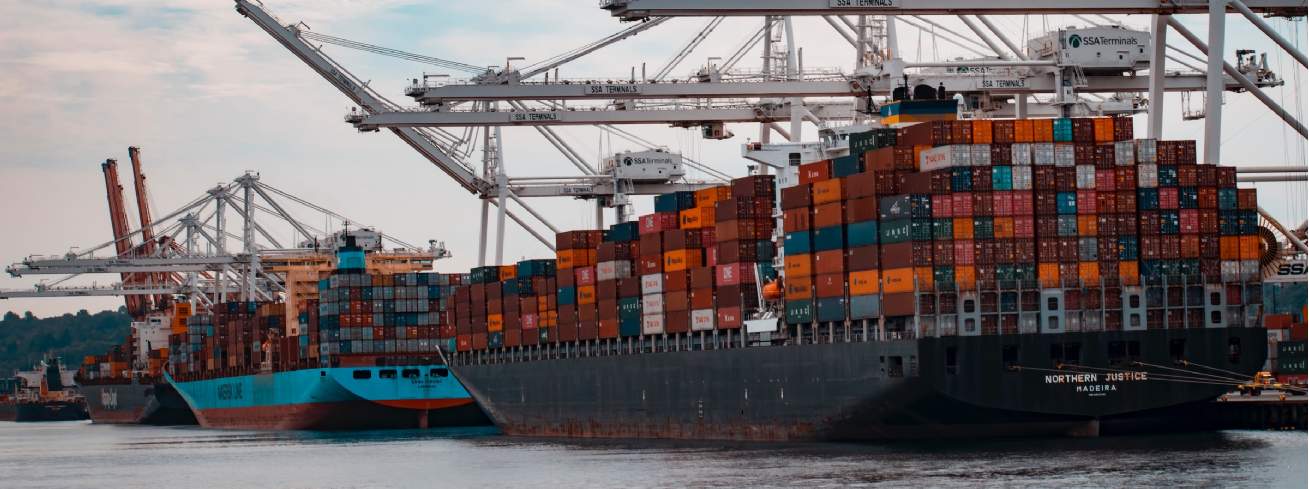

.jpg)
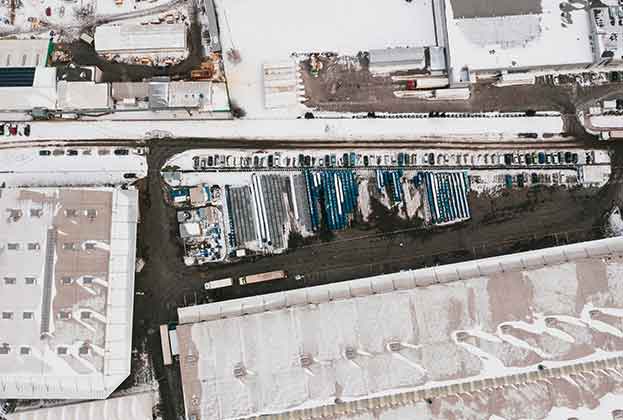
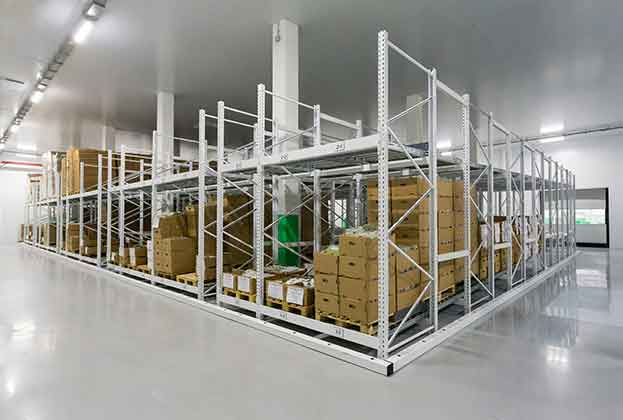
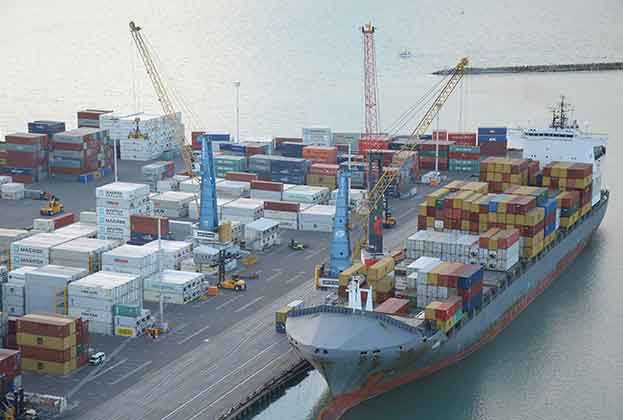
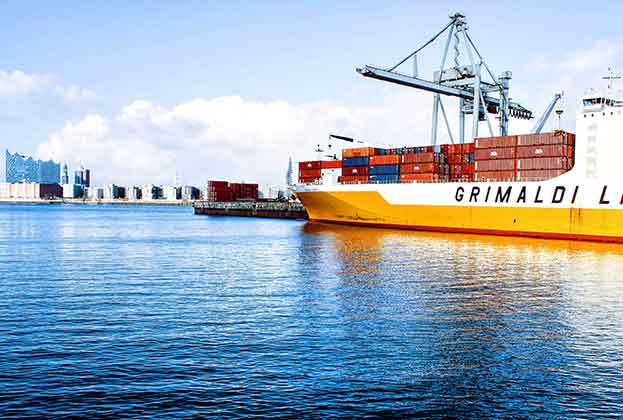

.jpg)

.jpg)